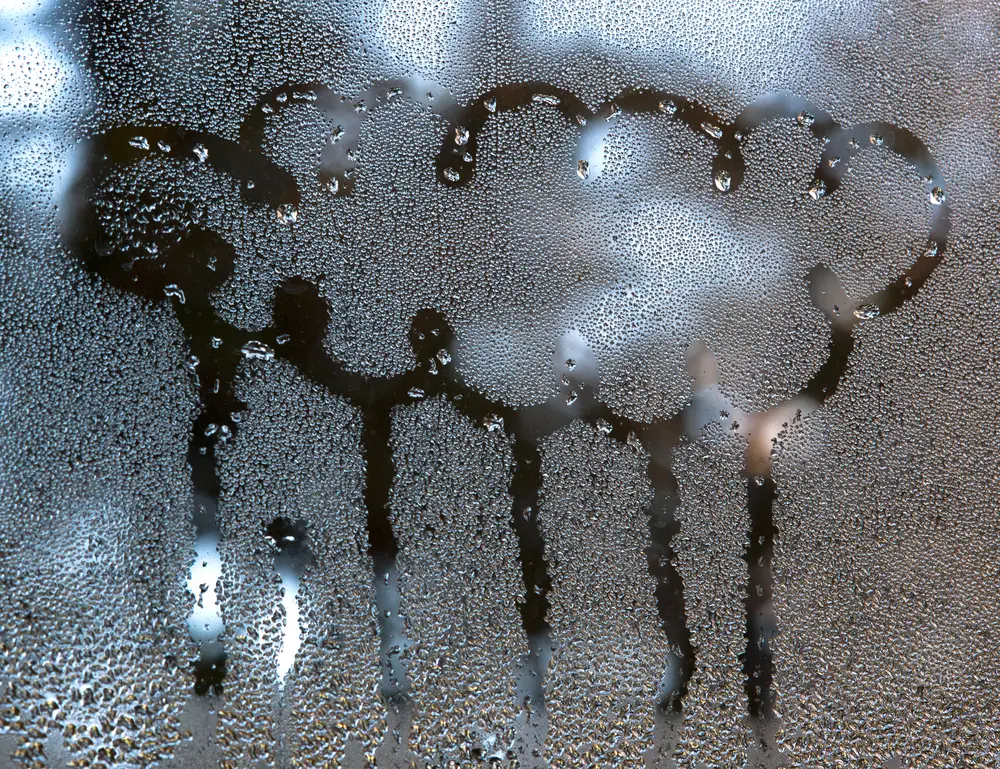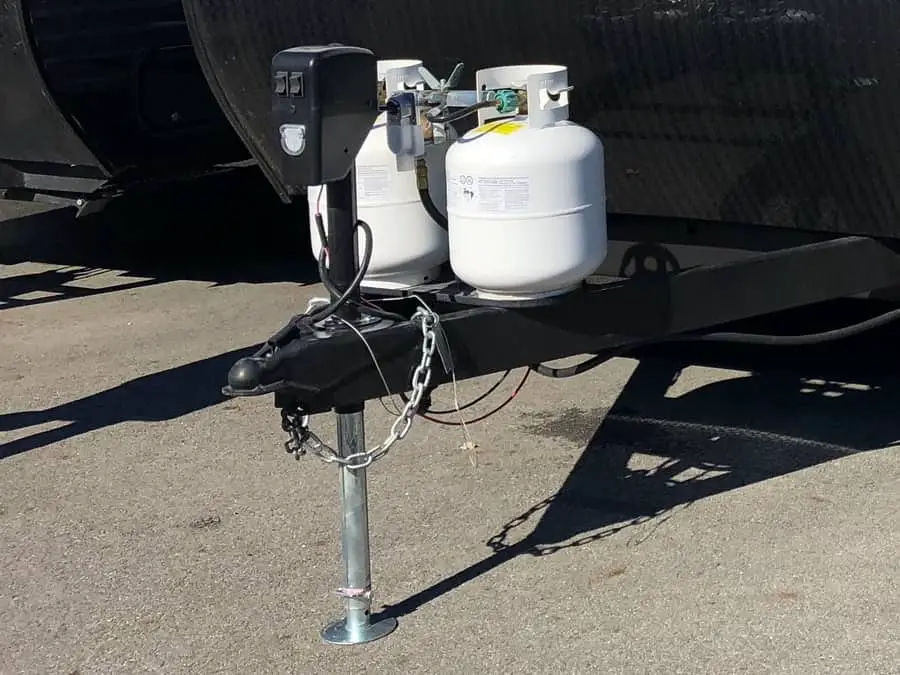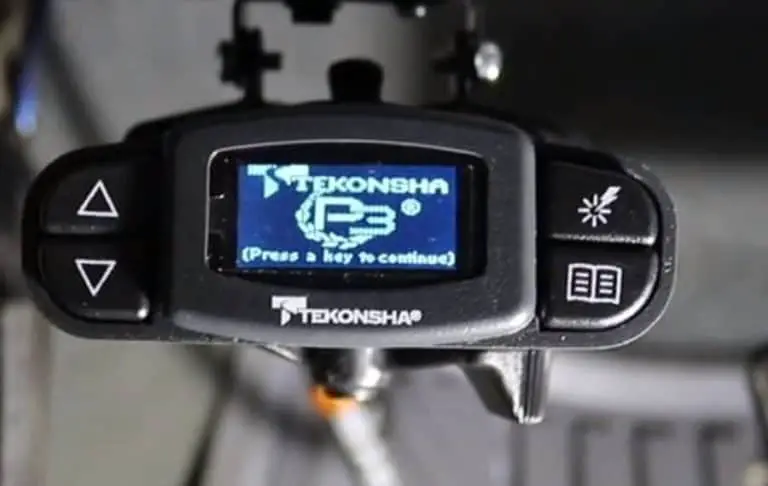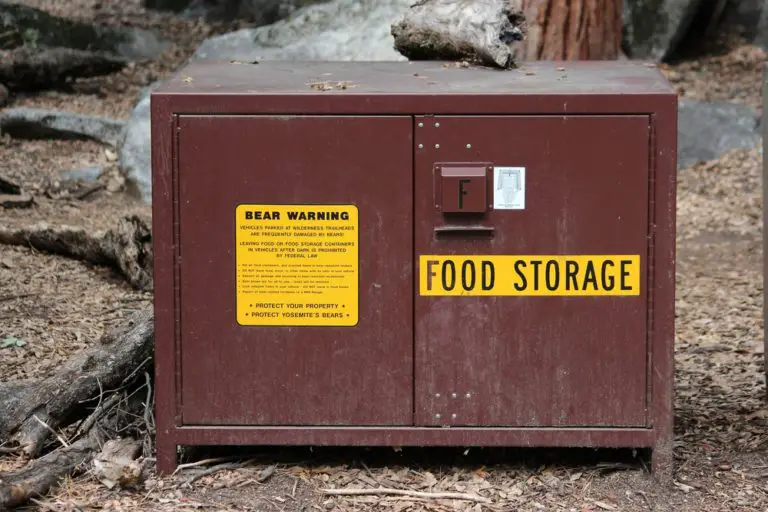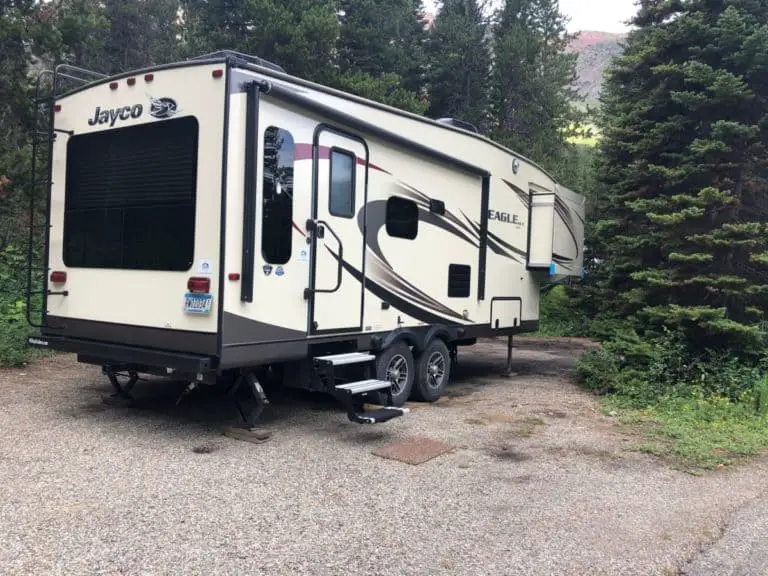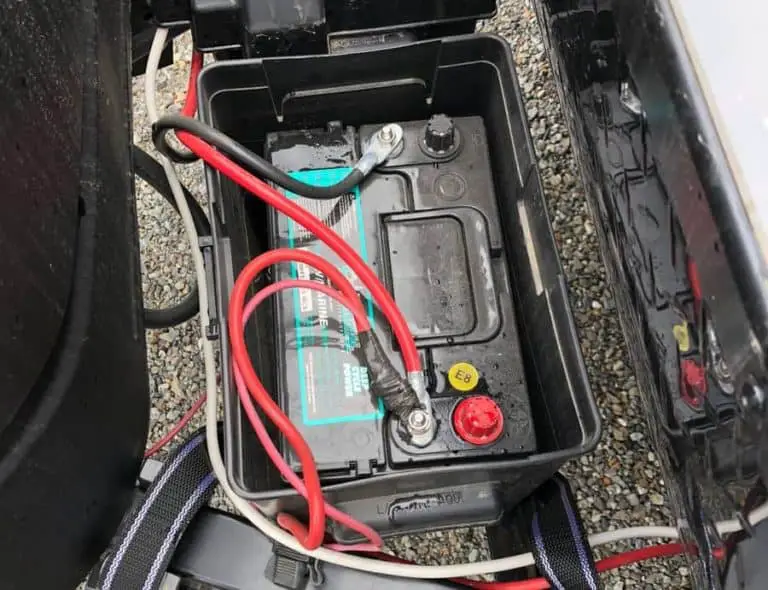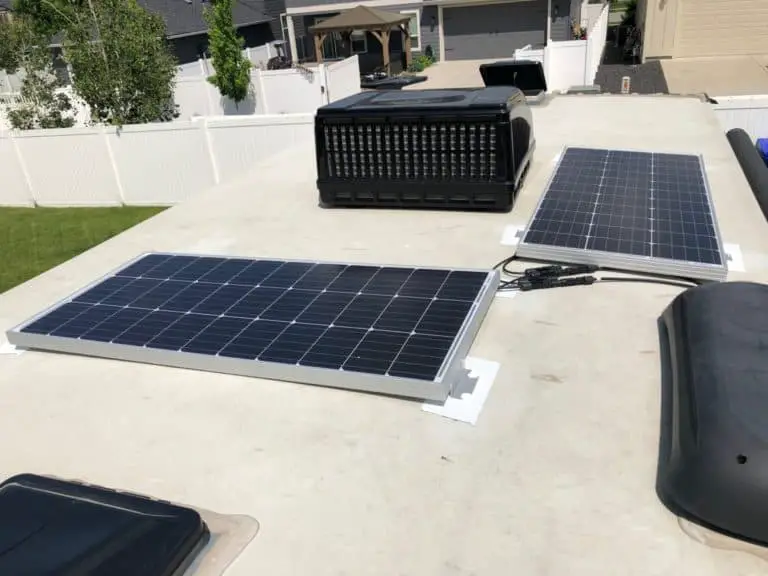8 Ways to Protect RV Surge Protector From the Rain
There are many obstacles to overcome if you’re a full-time or part-time RVer. One of the many things people worry about is how to protect their RV surge protector from the rain. While many manufacturers now make waterproof surge protectors, this isn’t always the case, and it’s up to you to provide your own protection. ow
The best way to protect your RV surge protector from the rain is by covering the power pedestal with a garbage bag, plastic container, trash can, or propane cover to do this, thereby protecting the entire power supply from rain. You can also hardwire a surge protector for a more permanent fix.
The good news about RV surge protectors is that many of them are fairly weather-resistant, so it would take a lot of rain to ruin one. However, if the surge protector gets submerged or hit with enough rain in the right spot, it could get damaged. So, if you’re worried about your surge protector getting wet and want to know how to protect it, you’ve come to the right place.
Can You Just Skip Having an RV Surge Protector?
Because they can be a hassle to protect and deal with, some people try to circumnavigate using a surge protector altogether. However, from personal experience, I can say that not having a surge protector isn’t a good idea.
Think of your surge protector as an insurance policy. Most days, you don’t need it, and it serves no purpose other than to give you peace of mind. However, a time will inevitably come when you need your insurance to kick in, and you’ll be thankful you have it.
This is exactly how it works with a surge protector. You might go weeks, months, or even years at a time when you don’t need a surge protector. However, any time there’s a lightning strike, power outage, or unexpected increase in electricity, you’ll thank your lucky stars that you have one. Without it, your entire electrical system can fry during these events, and you’ll be looking at thousands of dollars in repairs.
8 Ways to Protect RV Surge Protectors From the Rain
Now that you understand why it’s important to have a surge protector for your RV let’s look at how to protect it from the rain. Our favorite surge protector models can be found in this article, and our favorite EMS surge protectors can be found here.
If you want to skip the extra reading and get to the point, here are the models:
Buy a Waterproof Surge Protector or one with a Water Cover
We recommend only a few surge protectors on our site, the one model we recommend has a water cover built right in. Other models may come with a certified water rating, but whatever model you choose, you may still want to protect it from the elements for that extra element of safety.
Keep It Off the Ground
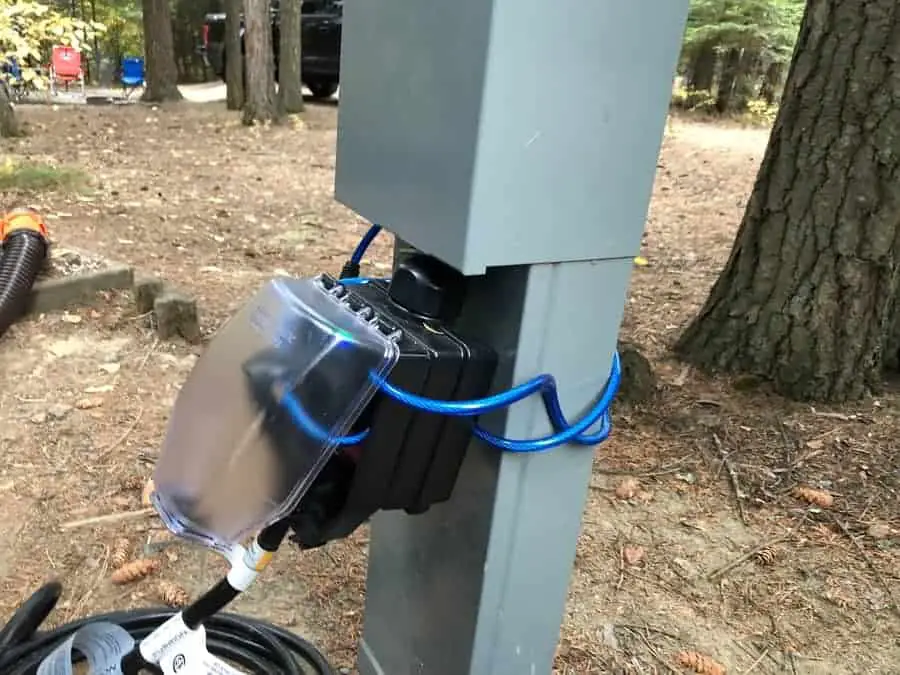
First and foremost, it’s important to keep your surge protector off the ground. While this isn’t the only step in protecting your surge protector, it’s one of the most important and something you’ll have to do regardless of which method you use. You see, most surge protectors are weather-resistant and semi-waterproof, which means they can withstand a little rain and wind.
However, if your surge protector is on the ground, it can get completely submerged in water. No matter how “waterproof” your surge protector is, it will get ruined if it’s submerged in water.
Use a Plastic or Garbage Bag
The first way to protect your surge protector from rain is by using a garbage bag or another large plastic bag. Simply drape the bag over the top of the entire power pedestal and ensure it’s long enough to cover every part of the surge protector. This isn’t the most aesthetically-pleasing way to protect your surge protector, but it will get the job done.
Use a Plastic Container
If you don’t like the idea of using a garbage bag to cover the pedestal, you can also use a waterproof tote or container. Put the container over the top of the pedestal, and angle it so that the long end is hanging down the front to cover the surge protector. It should be good to go if rain can’t fall directly on top of the protector.
Use Your Propane Cover
Finally, if you don’t have access to a waterproof container or bag, you can also use the propane cover on the front of your RV. Propane covers are waterproof by design to keep your tanks from getting wet and rusting. Position the propane cover the same way you would a bag or container, ensuring that rain can’t land on the lower part of the surge protector. Just make sure to give your propane tanks enough time to dry out before you cover them back up. Otherwise, they’ll rust.
Install a Surge Protector Inside the Unit
One of the most popular ways to protect a surge protector is by installing a permanent unit inside your RV. To do this, you’ll need to have inside access to where the power supply enters the RV. This won’t be possible, depending on the design of your RV.
However, if you do have access to the area where power enters your RV, here’s what you need to do.
- Purchase a permanent, hardwired RV surge protector.
- Turn off the power to your RV.
- Cut your power wire inside your RV after the entry point but before your generator or transfer switch.
- Hardwire the supply power cord to the inlet side of the surge protector.
- Connect a wire from the outlet side of the protector to your transfer switch or wherever it was traveling before you cut it.
With a hardwired surge protector inside your RV, you don’t have to worry about rain, snow, or theft.
Invest in a Waterproof Surge Protector
If you don’t want to go to the trouble or pay the price of having a hardwired surge protector inside your RV, you can invest in a portable waterproof surge protector. This type of protector gets plugged in directly to the power pedestal like a normal surge protector. However, it’s designed with a plastic cover around the bottom of the protector where your RV power cord plugs into it.
This cover is similar to the ones used on electrical boxes outside of houses. It’s completely waterproof, and the only way water can enter the box is through a hole on the bottom side where the power cord passes through. Therefore, the only way your surge protector can get damaged is if there’s a flood.
What Should I Do If My Surge Protector Gets Wet?
If you notice that your surge protector is wet on the inside and isn’t working, it’s important to act quickly. If the inside of a surge protector is wet for too long, it will be permanently damaged, and there’s nothing you can do.
- Unplug the surge protector and bring it inside your RV.
- Turn the protector, so the female end faces down, allowing water to drain out.
- Give the surge protector a few shakes to dislodge any pesky drops.
- If it still doesn’t work, you can try dismantling the surge protector and drying the individual components.
In most cases, a little moisture and rain won’t damage a surge protector. However, enough of it or complete submergence in water will ruin it.
Frequently Asked Questions
What happens if a surge protector gets wet?
If an RV surge protector gets wet on the inside, it will stop working and terminate the flow of electricity running through it. If you ever get shocked from your RV, here are things to look out for.
Can a surge protector be outside in the rain?
As long as you have a waterproof surge protector or have a means of protecting it, it can safely operate in the rain. However, you should never let your surge protector get completely submerged in water.
How do I protect my surge protector?
The best way to protect your surge protector is by covering it with a bag or container. You can also install a hardwired surge protector inside your RV or invest in a waterproof one.
Be the first to be notified about FREE tips, hints, coupon codes, and email-exclusive information. All for FREE!

